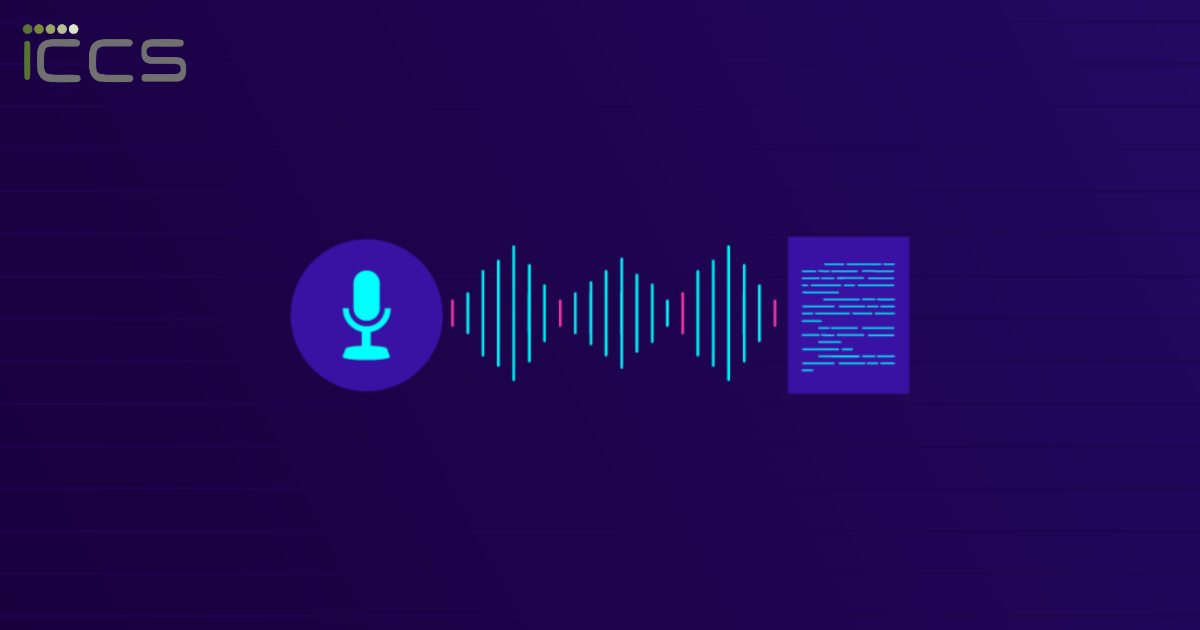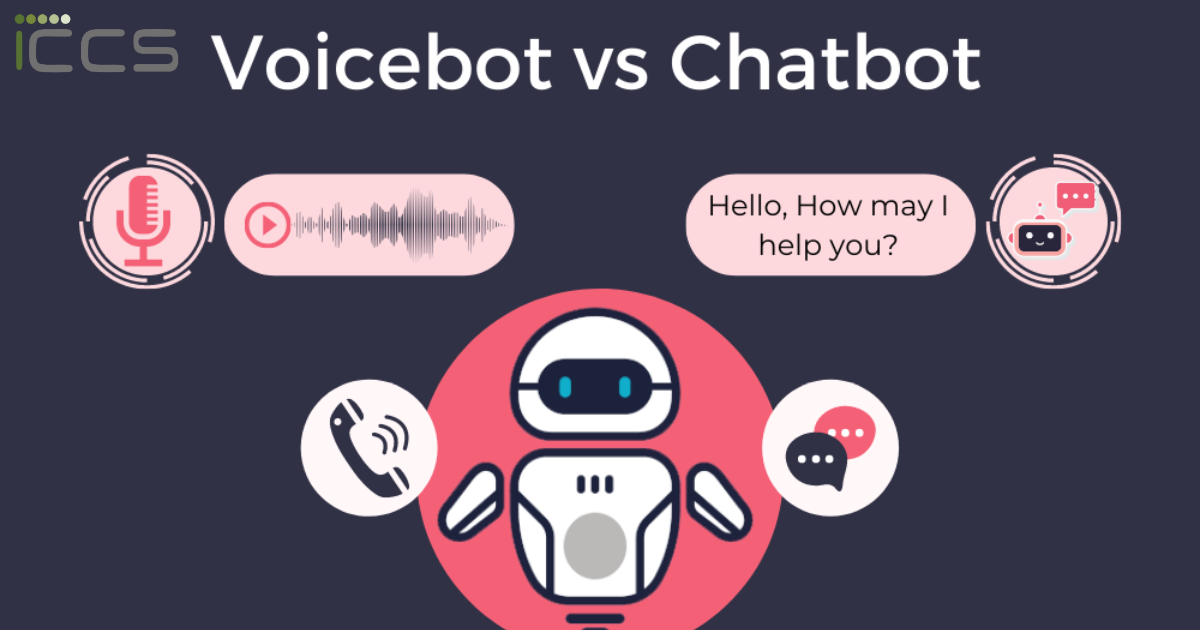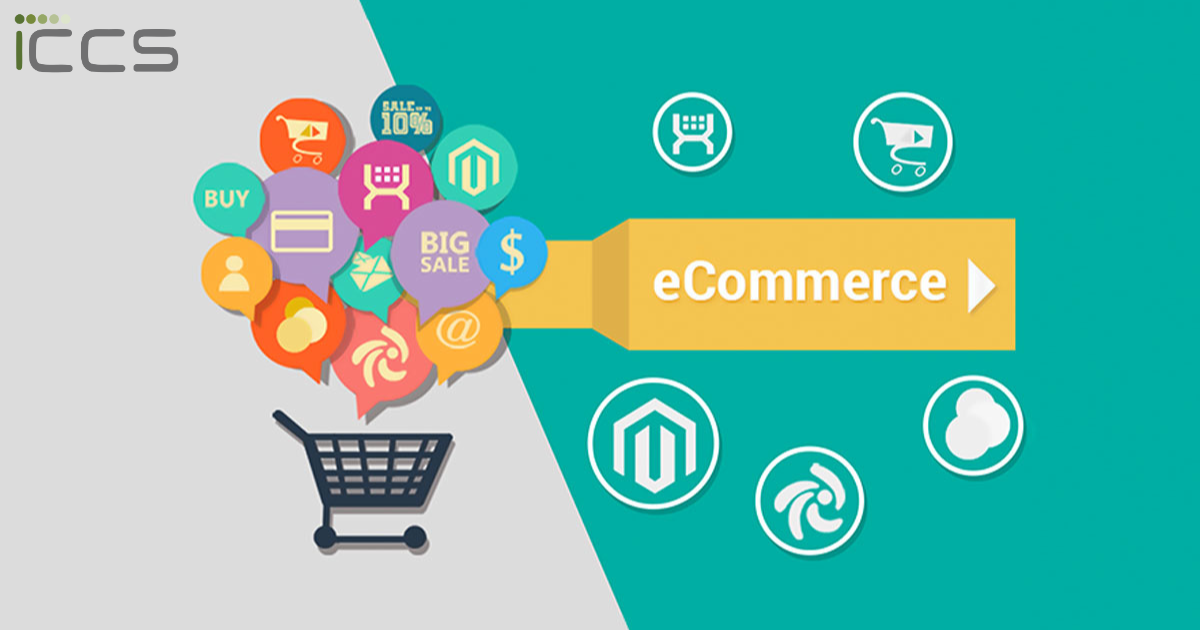Bots are the most commonly employed customer service devices by businesses, in today’s times. Clients can communicate with businesses at any moment. Customers are always satisfied because both bots can maintain discussions at all times without breaking a sweat. Both bots have advantages and disadvantages, but they are certainly a brilliant customer service concept. It’s critical to keep clear lines of communication open with clients. Customers feel heard and valued, which encourages them to stay loyal.
Voice bots
Voice bot is a piece of software that uses interactive voice response and is powered by artificial intelligence. The caller can communicate with the bot using natural language. Artificial Intelligence (AI) recognizes significant elements or indicators in speeches and reacts in a human-like manner. Voice assistants are another term for them. They may be easily integrated into a variety of devices for convenient access and use. The primary distinction between a voice bot and a chatbot is that the voice assistant exclusively communicates through voice. They take in the speaker’s words, analyse and evaluate them, and then reply to create a meaningful verbal dialogue.
Benefits of adopting voice bots
It’s the most effective way to ensure client pleasure. Voice is the most natural form of communicating, which is why most customers prefer it. They’re also simple to use; consumers don’t have to listen to instructions while touching buttons on their phones. It is now quite simple to obtain replies.
Bots may be easily linked with a variety of customer service solutions, allowing for convenient self-service. Due to these voice-based bots providing a flawless experience, the touch-tone system is becoming outdated. The majority of individuals have at least one gadget in their homes. Because the customer service contact rate would decrease, businesses will be able to better allocate their resources.
They’re also great for reaching out to a broad audience. That’s because it’s simple to use even for people who aren’t tech-savvy. It can be used by older people who have trouble texting without causing needless issues. Bots provide service providers with a broad appeal and a large platform from which to contact a large number of customers and potential clients.
Chatbots
Bots are text-based software tools that are used for online chat conversation. It can use messaging systems to automate communications and connect with individuals. The software is text-based, which distinguishes it from voice bots. They do, however, use artificial intelligence to promote a natural-language conversation with the user. They can be used in messaging apps like WhatsApp and Facebook Messenger, as well as on webpages. They offer high-quality, entertaining self-service. Furthermore, they have the same goal as voice bots: to communicate with customers in a consistent and personalized manner. Once you understand how a chatbot works, it’s simple to use.
Benefits of adopting chatbots
Responses are prompt, which saves a great deal of time. They also don’t need as much training as humans, which cuts down on the time between setup and productivity in most businesses. Consumers are always drawn to brands that have the fastest reaction time. Bots have made a significant contribution to companies’ ability to respond quickly.
They can be used in a variety of divisions throughout a company. It can be utilized for a variety of purposes, including advertising, orders, employee support, and customer service. Everyone requires assistance from time to time, and the bots may supply it. It’s even better if you can have the assistance readily available on your phone through various apps.
Because they can address frequently requested queries, especially during peak calling hours, it lowers staff costs. It’s also incredibly practical because it can take over all of the chats and data to a live agent at any time. It is a reliable addition in any company during a crisis or on typical working days.
Summing up
Artificial intelligence is transforming the customer service business at a breakneck pace. Voice bots are preferred over chatbots because they have been able to maintain the momentum that chatbots have created. They have several drawbacks, such as restricted reaction and training, but they are undeniably beneficial. Because of the software, most firms or goods have been modified or revitalized. Business adopting voice bots and chatbots are increasingly outsourcing this aspect of their operations to BPOs. As a major provider of BPM and BPO services in India, ICCS has built a structure that is very responsive to the needs of its clients. They create business value for their clients by merging operational excellence with deep domain – industry and functional – knowledge, thanks to their paradigm leadership with decades of experience and worldwide delivery network.











